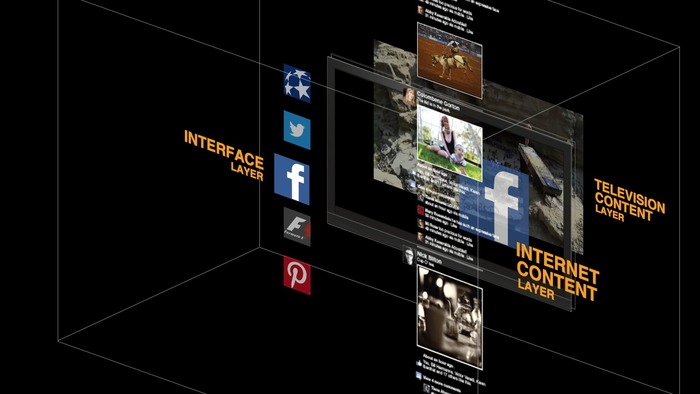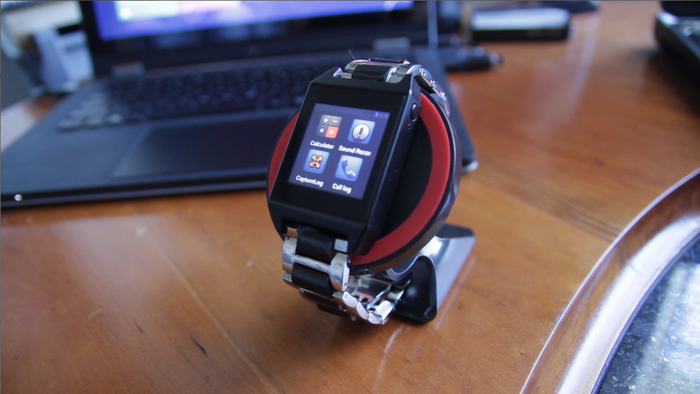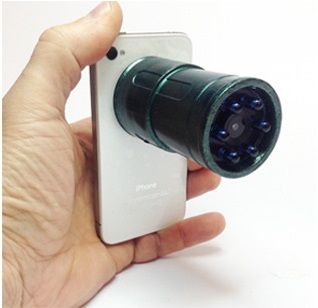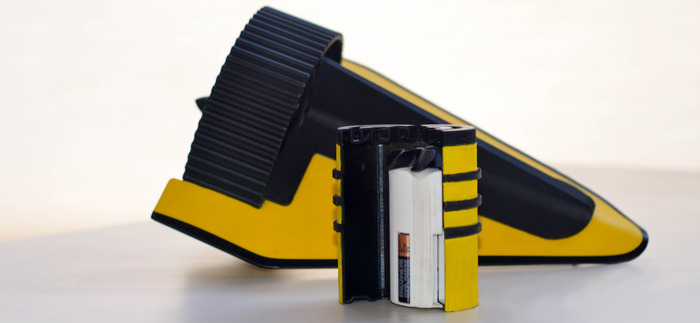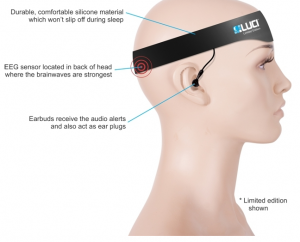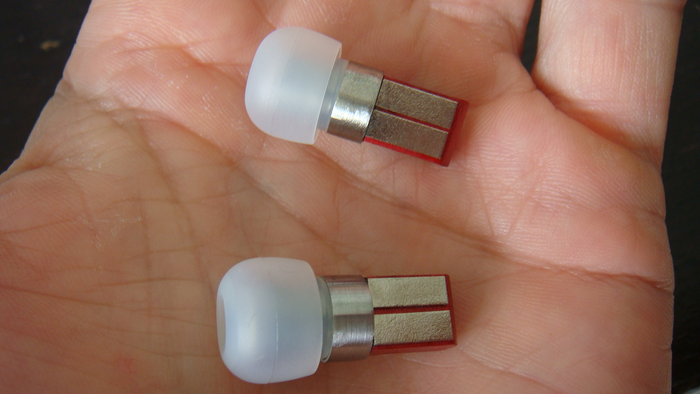SeeSpace InAir promises a whole new way of interacting with your television. Using an inline HDMI dongle, they hope to enhance your favorite programming with additional information from the web. It’s definitely a cool idea if done well, and the hardware technology is there, but the real question is where this extra content is going to come from.
Continue reading →
SeeSpace InAir Augmented Television
Zuli Smartplugs
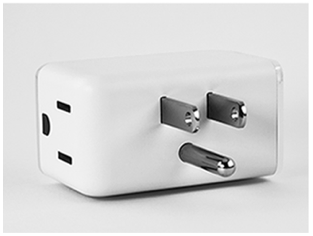
Zuli Smartplug is a Bluetooth Low Energy (BLE) smart outlet that, like most smart outlets, sits between a standard outlet and whatever you plug into it (e.g. lamp, oven, coffee pot). This allows users to:
- Turn devices on and off from a smartphone.
- Monitor energy consumption.
- Conserve energy by eliminating standby power (provided, of course, that the standby power of the device is greater than the energy needs of the smart outlet).
The market for smart outlets is getting crowded. To distinguish itself, Zuli is promising “location based automation,” which would detect when the user has left the room and turn off the lights and appliances automatically.
The feature is clever, I’ll give them that. Unfortunately, the technology they claim to use does not support the implementation they describe, so either they’re misguided or Zuli is far more complicated (and therefore difficult and expensive to design, test, and manufacture) than they claim.
Notch: The future of smart apparel is … later
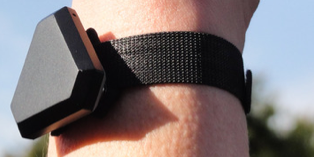
Notch is a BLE-enabled activity tracking puck with an accelerometer, gyroscope, and magnetometer. At least it was – the campaign was canceled when it managed to raise only $10k of its $100k goal after 10 days.
The creators are adamant they will relaunch in January 2014 with better technical information and marketing, and I hope they do. Unlike other activity trackers, users are expected to wear multiple Notch units in specially designed clothing, creating a sensor network with the potential to capture and reconstruct more intricate body movements.
“The Rock” smartwatch finds itself in a hard place, Kickstarter finally steps in.
Piggybacking off the success of the Pebble, the new Rock smart watch offers some never before seen features at a competitive price, however a growing number of backers have seen these features somewhere before…
Snooperscope infrared camera for iPhone apparently plagiarizes magazine from 1951 for no reason
Snooperscope promises a small, portable, and battery powered infrared camera that can be wirelessly connected to your phone and used to see in the dark or conduct a number of fun experiments with invisible light.
The product doesn’t seem that implausible, but the product description has a number of …quirks that make me worry.
Hydrobee: Micro-hydrokinetic power for your phone
Energy harvesting is a buzzword that has been cropping up quite a bit recently. Anything from hand-crank generators and solar panels to yo-yos and TMNT Shredder masks can be potentially used to generate power for your mobile devices. Of course, only some of these harvesters have made it to market because it turns out that there isn’t much energy in your yo-yo or lungs to be harvested. So what about the local river?
Continue reading →
LUCI – The thrilling conclusion!
LUCI is no more – GTX Technology has canceled the campaign, claiming to have found a private source of funding.
In many ways, this is the best possible outcome, but before I get into all the reasons why, let me share exactly what was said. (If you haven’t been following this saga, the original post will bring you up to speed.)
Continue reading →
LUCI – The lucid dream inducer
LUCI was supposed to induce lucid dreams, to detect when the user is in REM sleep and signal them to take control. Instead, with almost $400k CAD raised and only a few days left to go, evidence is mounting that LUCI is just another internet scam. Continue reading →

